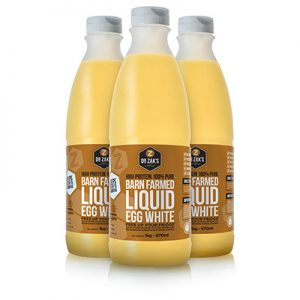Compelling stories are what get people to pay attention.
 The U.S Centers for Disease Control in 2011, when an outbreak of variant virus infections* in people was linked to exposure to pigs at agricultural fairs, public health officials quickly recognized the need to support states in using a One Health approach to respond effectively to novel influenza A and other zoonotic disease outbreaks in rural areas. The approach would need to involve organizations focused in animal and human health, as well as members of the communities most at risk. In the United States, there are around 7.2 million youth actively involved in 4-H and FFA combined1. CDC and USDA saw that working with these youth groups could be an effective way to reach rural Americans with important influenza and zoonoses prevention education to protect the 150 million people who visit agricultural fairs each year, as well as the animals shown and exhibited in these venues
The U.S Centers for Disease Control in 2011, when an outbreak of variant virus infections* in people was linked to exposure to pigs at agricultural fairs, public health officials quickly recognized the need to support states in using a One Health approach to respond effectively to novel influenza A and other zoonotic disease outbreaks in rural areas. The approach would need to involve organizations focused in animal and human health, as well as members of the communities most at risk. In the United States, there are around 7.2 million youth actively involved in 4-H and FFA combined1. CDC and USDA saw that working with these youth groups could be an effective way to reach rural Americans with important influenza and zoonoses prevention education to protect the 150 million people who visit agricultural fairs each year, as well as the animals shown and exhibited in these venues
To improve influenza education and communication efforts around youth in agriculture, several government and non-governmental organizations partnered to launch a pilot program called Influenza Education among Youth in Agriculture. The program has since taken off, reaching hundreds of thousands of youth and their families across rural America and has expanded to include other zoonotic diseases caused by infections such as E. coli and Salmonella. The program is a joint effort of federal government (CDC and USDA), the Council for State and Territorial Epidemiologists (CSTE), several state health departments, land-grant universities and the 4-H programs run out of them, and state departments of agriculture. These One Health partners work together to develop hands-on activities for youth, zoonotic disease curricula and lesson plans, educational workshops, biosecurity and handwashing posters, and also hold meetings to foster relationships, build networks, and achieve project goals to protect human and animal health.</em









